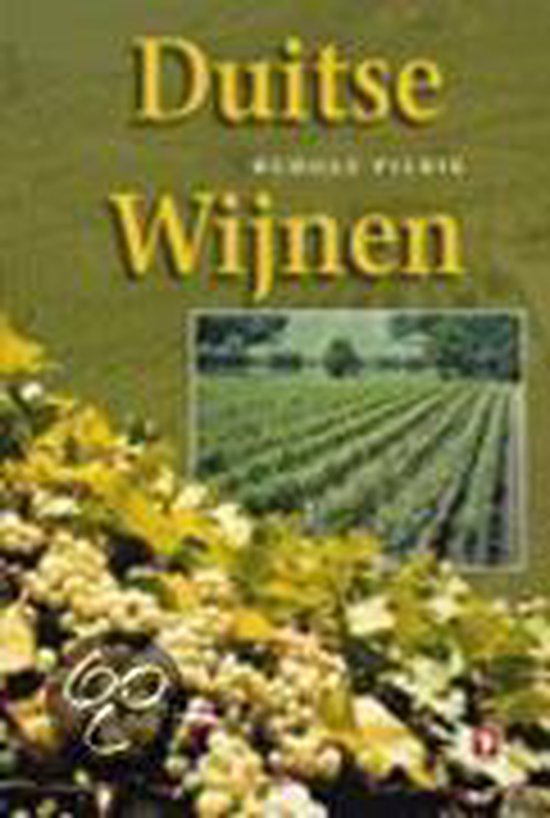
Riesling Rediscovered
Riesling is the world's seventh most-planted white wine grape variety and among the fastest growing over the past twenty years. This book explores the history of Riesling to illuminate how this variety emerged from a crowded field of grape varieties grown widely across northern Europe.
"The development of dry Riesling was perhaps never presented in such detail and with such a new historic perspective as it is in Haeger’s book." —Stephan Reinhardt, author of The Finest Wines of Germany
Riesling is the world's seventh most-planted white wine grape variety and among the fastest growing over the past twenty years. It is a personal favorite of many sommeliers, chefs, and other food and wine professionals for its appealing aromatics, finesse, and minerality; for its uncanny ability to reflect terroir; and for its impressive versatility with cuisines of all types. It is stylistically paradoxical, however. Now usually made dry in most of Europe and Australia, and assumed dry by most German consumers, Riesling is made mostly sweet or lightly sweet in North America and is believed sweet in the American marketplace irrespective of origin. Riesling is thus consequently - but mistakenly-shunned by the mainstream of American wine drinkers, whose tastes and habits have been overwhelmingly dry for two generations. Riesling Rediscovered looks at the present state of dry Riesling across the Northern Hemisphere: where it is grown and made, what models and objectives vintners have in mind, and what parameters of grape growing and winemaking are essential when the goal is a delicious dry wine. John Winthrop Haeger explores the history of Riesling to illuminate how this variety emerged from a crowded field of grape varieties grown widely across northern Europe. Riesling Rediscovered is a comprehensive, current, and accessible overview of what many consider to be the world's finest and most versatile white wine.
"The development of dry Riesling was perhaps never presented in such detail and with such a new historic perspective as it is in Haeger’s book." —Stephan Reinhardt, author of The Finest Wines of Germany
"John Winthrop Haeger has captured the essence of Riesling. The author goes against the modern trend that favors sweeter and softer styles, demonstrating that Riesling can be at its best as a dry wine. Riesling wine producers from around the world will applaud this research.”—Olivier Humbrecht MW, Domaine Zind-Humbrecht
Riesling is the world's seventh most-planted white wine grape variety and among the fastest growing over the past twenty years. It is a personal favorite of many sommeliers, chefs, and other food and wine professionals for its appealing aromatics, finesse, and minerality; for its uncanny ability to reflect terroir; and for its impressive versatility with cuisines of all types. It is stylistically paradoxical, however. Now usually made dry in most of Europe and Australia, and assumed dry by most German consumers, Riesling is made mostly sweet or lightly sweet in North America and is believed sweet in the American marketplace irrespective of origin. Riesling is thus consequently - but mistakenly-shunned by the mainstream of American wine drinkers, whose tastes and habits have been overwhelmingly dry for two generations. Riesling Rediscovered looks at the present state of dry Riesling across the Northern Hemisphere: where it is grown and made, what models and objectives vintners have in mind, and what parameters of grape growing and winemaking are essential when the goal is a delicious dry wine. John Winthrop Haeger explores the history of Riesling to illuminate how this variety emerged from a crowded field of grape varieties grown widely across northern Europe. Riesling Rediscovered is a comprehensive, current, and accessible overview of what many consider to be the world's finest and most versatile white wine.
| Auteur | | John Winthrop Haeger |
| Taal | | Engels |
| Type | | Hardcover |
| Categorie | | Kookboeken |



